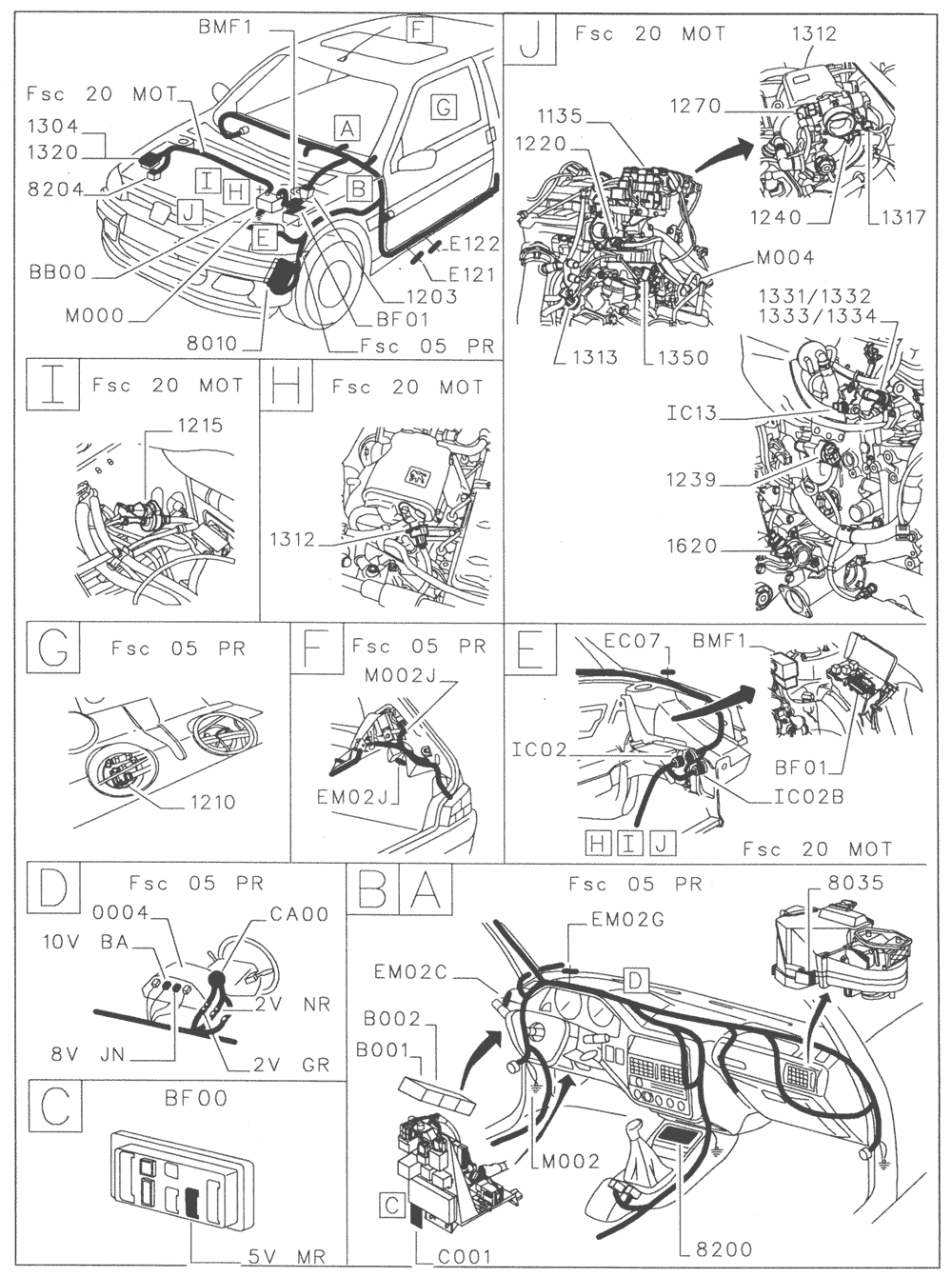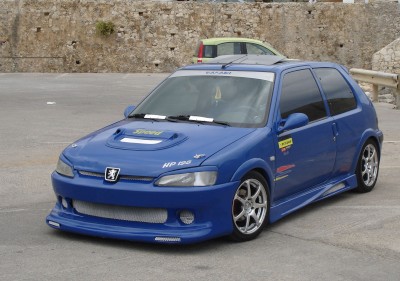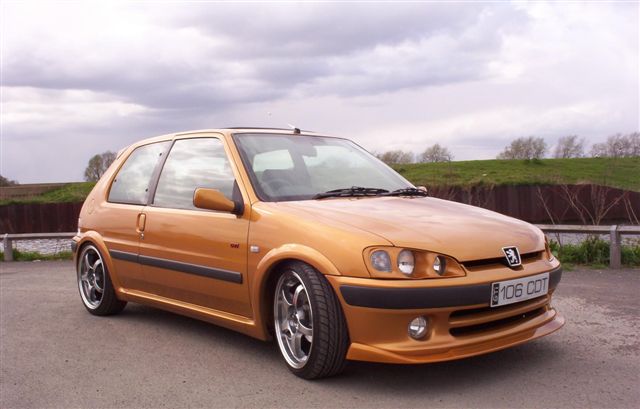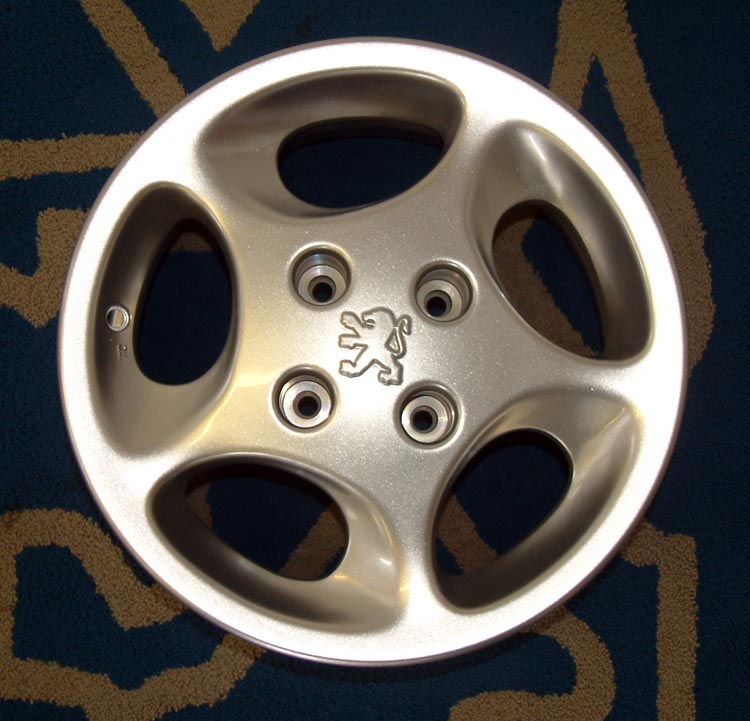
Peugeot 106

Peugeot 106

Peugeot 106

Peugeot 106

Peugeot 106

Peugeot 106

Peugeot 106

Peugeot 106

Peugeot 106

Peugeot 106

Peugeot 106
The Peugeot 106 was introduced on 12 September 1991,[2] as the French marque's entry level car slotting in beneath the 205 - although it is now largely considered the 'true' replacement to the 205. It was a substantial development of the Citroën AX, intended to make it both heavier and safer. It was aimed directly at the Renault Clio, which had gone into production a year earlier, and as a more modern alternative to the slightly larger 205 which had been a massive success for Peugeot and was still proving popular almost a decade after its launch. Winning praise for its modern styling, comfortable ride, excellent handling and cheap running costs, the 106 quickly became popular. Going against the appeal were limited interior space and budget interior plastics.Its power came from 1.0-litre (45 PS (33 kW)) and 1.1-litre (60 PS (44 kW)) carburettor petrol engines and a 75 PS (55 kW) 1.4-litre fuel injection unit, as well as a 1.4 L (52 PS (38 kW)) Diesel engine which was later dropped in mid/late 1994 and replaced with a more refined and more economical 1.5-litre unit (58 bhp). A 1.6-litre fuel injected engine was introduced on the 1995 XSi model, with a top speed of 186 km/h (116 mph). In 1993, the 1.0 and 1.1 carburettor engines were replaced with single point injection engines in order to satisfy the regulation that mass produced cars must make use of a catalytic converter to help reduce emission levels. The 1.0i produced 50 PS (37 kW), but was soon phased out of the 106 range.
Trim levels were basic XN, mid-range XR, top-spec XT, and the sporty XSi model mentioned above. In addition, from 1994 onwards there was a "Rallye" model offered. This was different from the XSi model with the TU2 series 1.3 litre petrol injection engine (100 PS (74 kW)). This was designed for the sporting driver, and had little in the way of creature comforts, such as electric windows, power assisted steering etc. On the phase 1 model, a sunroof and anti lock brakes were the only options available from the factory, although many came with foglights or spoilers from the XSi models. In France and Portugal there was a special edition of 50 units of the Rallye, called R2, which feature extensive use of sporting material from the Peugeot-Talbot racing division which went even further with the extreme nature of the Rallye, with changes to the suspension, brakes, new 14 inch speedline rims, racing seatbelts, and engine management and exhaust upgrades, to produce 106 PS (78 kW).
Tidak ada komentar:
Posting Komentar